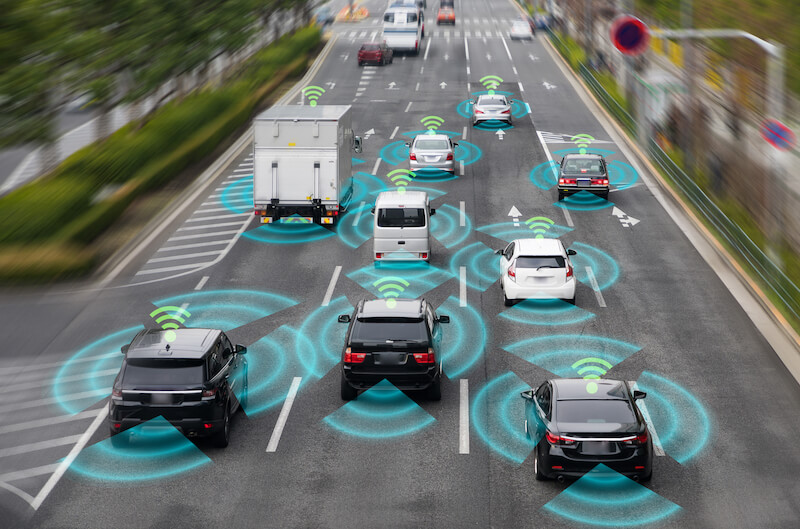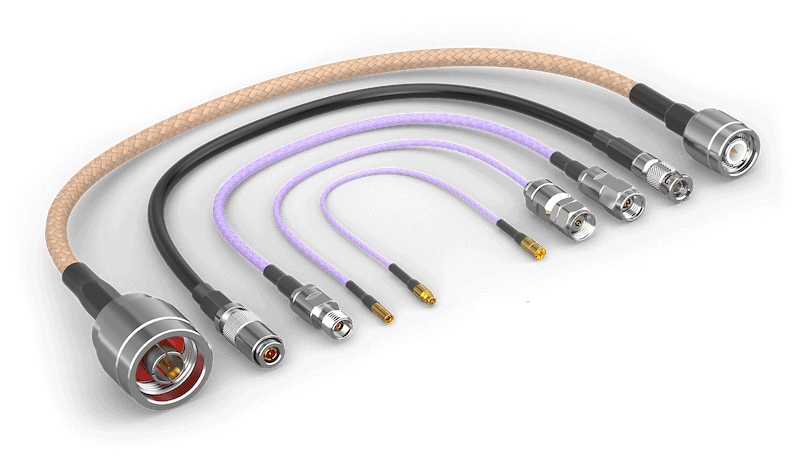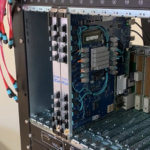There is a new acronym that is being used in the world of automotive design, and that is C-V2X. In conversation, this is referred to as vehicle-to-X, or sometimes vehicle to everything. The leading “C” stands for cellular.

These phrases are used to describe the latest vehicle-based electronics that is taking advantage of the cellular communications network. In particular, the 5G network that is being rolled out is allowing vehicles to communicate with other road users – the “X” or “everything” in the name.
The latest vehicles are using an array of in-car sensors to monitor both their own status and to build a picture of the environment around them. This information is gathered by many different technologies, some of which we have looked at before including the latest vision systems. Vehicles are then using this information to help navigate and avoid potential hazards.
Making Travel Safer
In-vehicle computing systems will receive and process this information to make travel safer. The key element of C-V2X technology, however, is that vehicles share the information gathered with other road users – whether they are other vehicles, pedestrians with 5G smartphones or traffic control infrastructure.
By communicating with other vehicles, the V2X network will allow them to use the same data to make split-second decisions that will improve traffic flow and avoid potential accidents. The potential results are certainly worth the investment required. The U.S. Department of Transportation estimates that, if C-V2X technology was widely adopted, potential road traffic accidents could be reduced by more than 13%. That represents more than 400,000 fewer accidents per annum in the United States alone. Expanded to the global automotive marketplace, this represents a huge reduction in dangerous incidents.
The key to making this system reach its potential is the speed of response. With vehicles traveling at speed in different directions, avoiding action needs to be taken with split-second timing.
Low Latency makes for Rapid Reactions
There are two elements to ensuring this rapid reaction. The first is to equip vehicles with high-speed computing systems that can process and then act upon the huge volume of information that is collected by sensors. This is edge computing – deploying sophisticated computing equipment close to the point of need. This means that cars are becoming their own little data centers, gathering and processing huge amounts of data onboard to keep latency to a minimum.
The other pillar to a fully-functioning C-V2X network is rapid wireless communication. The latest 5G technology is central to this communication, enabling data sharing at the highest possible speed.

Samtec connectors are at the forefront of high-speed communication, with products that are specifically designed to provide superior board-to-board and board-to-wire solutions in harsh conditions, alongside precision RF connectors that are vital to wireless systems. Samtec has created the Severe Environment Testing (SET) program, which tests connectors far beyond conventional standards for service life, vibration, shock and temperature cycling. Certified to IATF 16949, ISO 14001 and ISO 9001, and with vertically integrated manufacturing processes, Samtec offers a range of automotive solutions to enable the latest C-V2X technology.



Leave a Reply